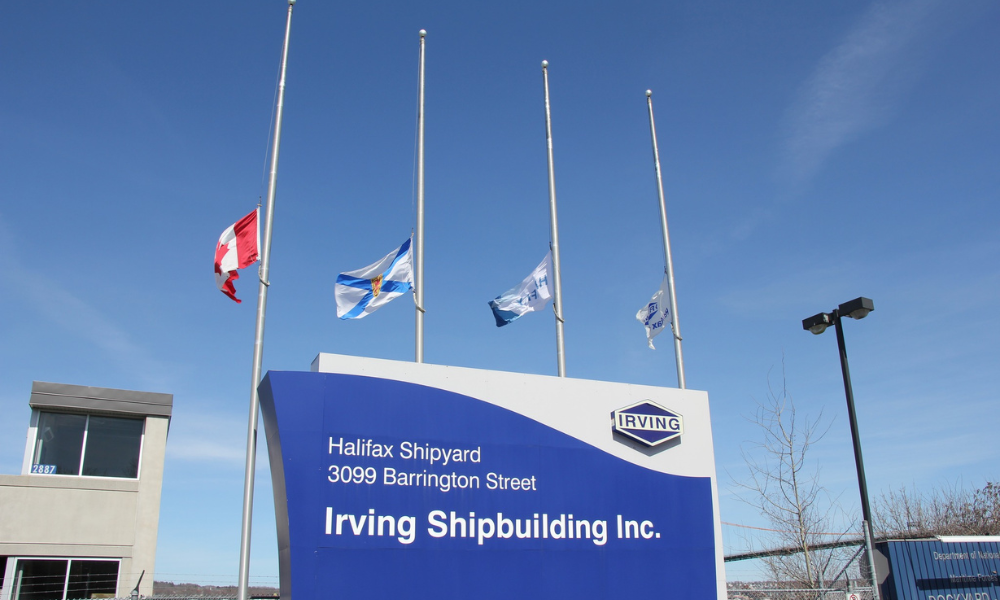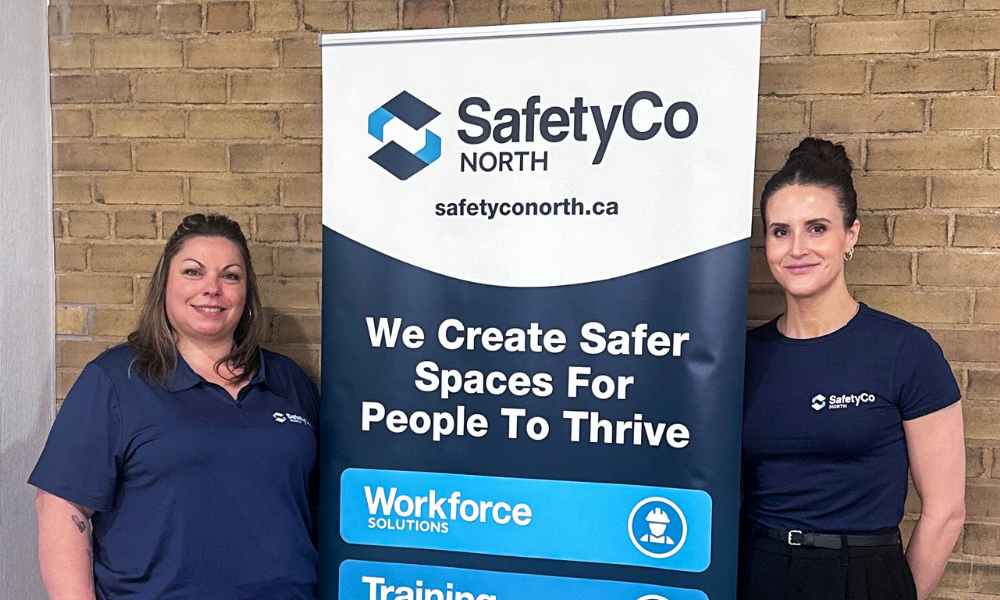Expert says 'clear correlation' between position on journey and 'disability confidence'

Accessibility in the workplace is no longer just a matter of compliance or corporate social responsibility; it is a crucial business strategy that can drive growth and profit. This paradigm shift is being championed by experts like Mark DeMontis, chief accessibility officer at Substance Accessibility. DeMontis, who has been a leading accessibility strategist for 15 years, believes that understanding and improving a company's "disability confidence" is essential for integrating accessibility into the workplace.
Understanding the accessibility journey
The accessibility journey is the process a company undergoes to create a more inclusive environment for people with disabilities. This journey encompasses several stages, from initial awareness and compliance to full integration of accessibility into the company culture and operations.
"There are many companies who have started their accessibility journey in a number of forms, but there's also many who have not," DeMontis states. "There's a clear correlation between where a company is on their accessibility journey and their level of disability confidence."
Assessing your company's position
Determining where a company stands on its accessibility journey involves evaluating several key areas: physical spaces, customer service, digital accessibility, and employment practices. DeMontis emphasizes the importance of internal culture and accommodations for employees with disabilities as indicators of disability confidence.
"Do they have the internal capacity and resources to hire and accommodate people with disabilities?" DeMontis asks. "When people with disabilities enter the workplace, there is a need for accommodations and support during the onboarding journey."
One effective way to assess and improve these areas is through a thorough audit conducted by accessibility professionals. These audits identify existing gaps and risks, providing a roadmap for companies to follow.
DeMontis also stresses the importance of viewing accessibility beyond mere compliance. "Human resources often treat accessibility as a checklist item. To truly integrate it into the culture, companies need an Employment Accessibility Plan." It is imperative that health and safety professionals participate in the creation of this plan.
Accessibility in high-hazard industries
High-hazard industries, such as mining, oil and gas, and construction, face unique challenges when it comes to accessibility. Workers in these industries are at higher risk of injury, which can lead to disabilities. DeMontis highlights the importance of having an emergency accessibility plan and understanding how to reintegrate workers with disabilities.
"It's very common for individuals to face disability through workplace injuries," he notes. "Employers who understand accessibility are more likely to successfully reintegrate workers into different roles within the company."
Moving forward
The need for accessibility is growing, with projections indicating that by 2040, the number of individuals with disabilities in Canada will rise to 40% of the population. DeMontis concludes with a call to action: "We need businesses to start thinking differently about disability. Especially with the Accessible Canada Act 2019, federally regulated entities have obligations to be compliant."
The journey towards accessibility is ongoing, and companies that embrace it will not only comply with regulations but also unlock significant business opportunities and foster a more inclusive society. As DeMontis says, "These numbers are rising, and so do the risks associated with them. That's why we need businesses to get on their accessibility journey now."





